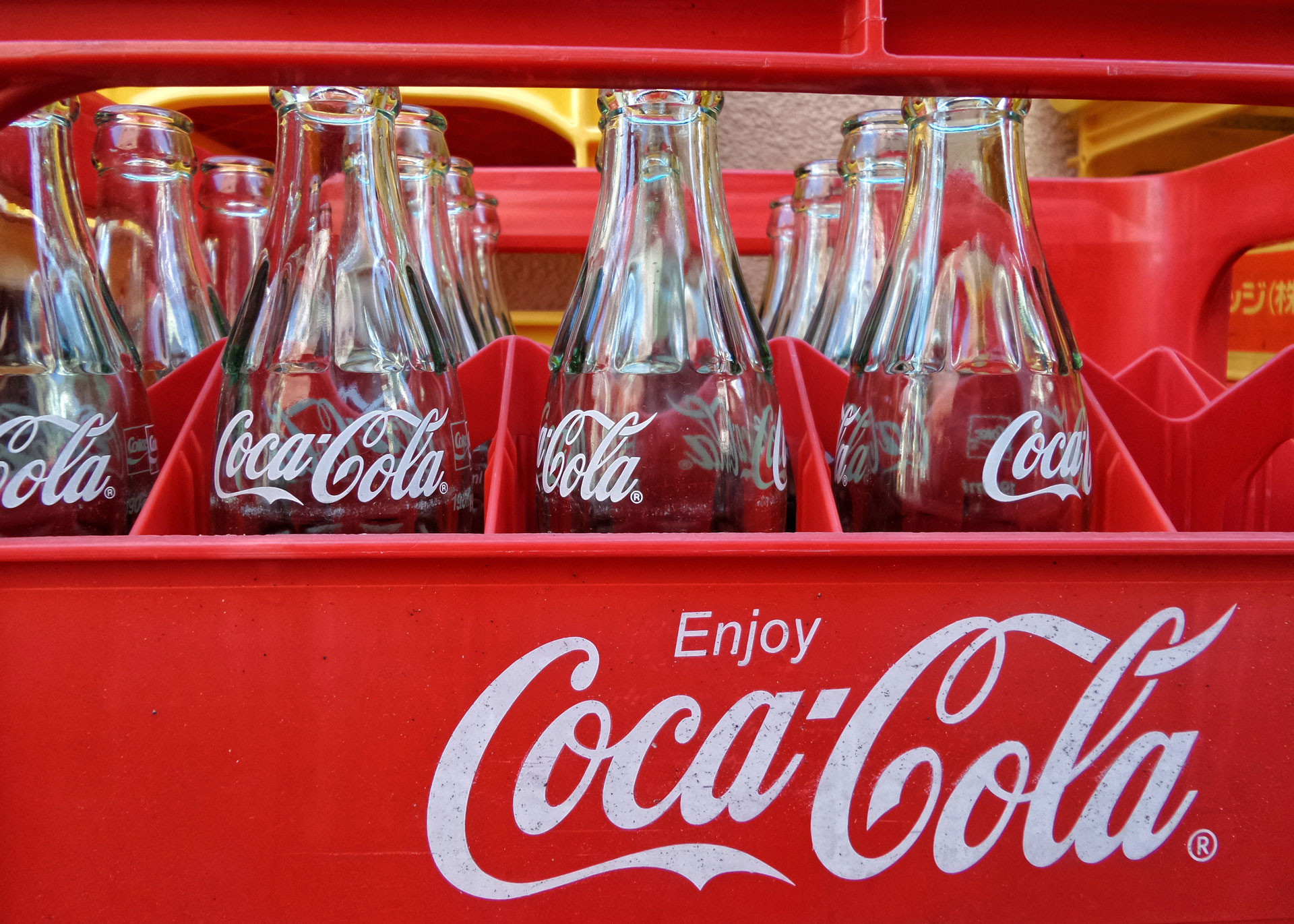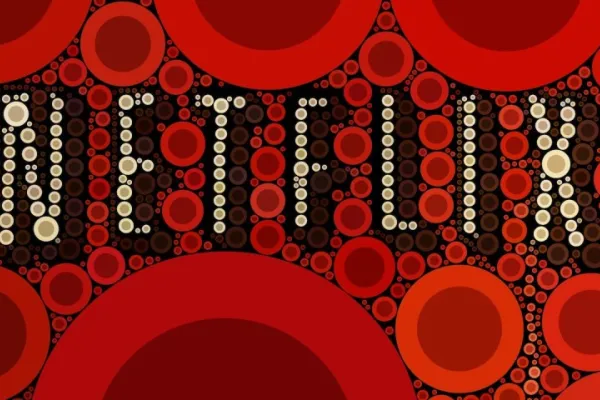 Details
Details
Do you ever deal with clients -- brands -- who want to do native advertising and branded videos that focus just a little too much on themselves? Then you’re not the only one.
Agencies and publisher native ad studios around the world meet the same problem.
As Branded Content Consultant, Melanie Deziel, once said, “Brands are so used to talking about themselves, so used to talk about their pricing and their flavours. Brands are not used to getting outside their comfort zone and being honest and transparent with their audience. So the biggest challenge is helping them walk over that line to create content that maybe isn’t such a hard sell but it’s really going to resonate with their audience.”
But how do agencies and publishers overcome this challenge? Here are 5 tips for getting the message through.
1. Flaunt the successful stories
The majority of our clients understand that overbranding doesn’t serve their best interests. But occasionally, we’ll run into a client who views it differently.
The best way we’ve found to convince clients to tell real stories is by showing examples of how some of our more successful clients told a story that informs and entertains while still leaving the marketing impression the client desires. Then we back that up with data to show how much more effective that approach proves to be.
We love to show clients the reach, engagement, and conversion stats for well-executed branded videos that are pivoted around sincere narratives.
- Tom Needham
Executive Director of Branded Content at The Business Journals

→ RELATED ARTICLE:
The Main Categories of Native Advertising Everyone Needs to Understand
2. Present the stats
We love to show clients the reach, engagement, and conversion stats for well-executed branded videos that are pivoted around sincere narratives. We believe that brands are super smart and are seeing the potential for this concept more than ever.
Audiences are really media savvy now and they’ll be turned off if the story is insincere or contrived. But real stories don’t always mean a documentary approach, but they should be honest and relatable. It’s human instinct to empathize with relatable stories and characters.
If you have a performance campaign where you want to generate leads or sales, then probably native advertising is not the right format for you.
- Pete Fergusson
Owner & CEO of Nemorin Creative
3. Explain how native works
Native advertising is not for everyone. If you have a performance campaign where you want to generate leads or sales, then probably native advertising is not the right format for you. If you think in terms of the AIDA funnel (Awareness, Interest, Desire, Action, ed.), we are more at awareness and ‘Interest’ side of things, we are not at ‘Action’.
That’s something we need to tell the customers. Whenever they want an action, they should do Facebook ads or Google Adwords or something else which will be a better format for them. We try to identify customers that are looking for brand awareness and that want to have certain topics related to them.
Those are the right customers and for that kind of customers, we can create great stories.
Nevertheless, we also try to convince people or brands who a more action-oriented about a way to do brand awareness. But if they are not planning this or if they have no budget for it, then they shouldn’t do native advertising.
We try to resist that because they’re employing you because you’re meant to be the experts.
- Robert Heesen
then Head of BILD Brand Studio Consulting

→ RELATED ARTICLE:
The New York Times Makes Some of the Best Native Advertising, and Here is Why
4. You are the expert - insist on it
“Often advertisers will come to you and try and say, “we want you to write this”. We try to resist that because they’re employing you because you’re meant to be the experts. You’re meant to know what you’re doing and if they didn’t need you, they would just be doing it themselves.
So you got to have the confidence to try and ensure that you get past what they think they want to say and ask them what they are trying to achieve? For example, they’re trying to achieve change in brand perception. Then we focus on that and then work with them to come up with a way that you can do that which doesn’t affect credibility, to make it more authentic, to make it work.
As a company who does a lot of reviews and tests of products, we would never say something about a product which wasn’t fundamentally true. So if for example, an advertiser has a product which isn’t particularly strong in one aspect of it, we would rather not talk about that and talk about a more favourable part of their product like the design.
It’s quite hard sometimes to keep advertisers happy with what they’re trying to achieve at the same time making sure that we don’t step outside of what our normal editorial values and controls would be. You have to keep your credibility and keep your integrity.”
Guide them, enlighten them, and advise them with transparency.
- Pete Wootton
Managing Director of Digital at Dennis Publishing

→ RELATED ARTICLE:
The New York Times Is Looking at New Native Advertising Formats
5. Guide and enlighten
“To get advertisers to buy in on native advertising and convince them to make real stories, you need to guide them, enlighten them, and advise them with transparency.”
- Anna Arvidsson
Head of Bonnier News Brand Studio:

